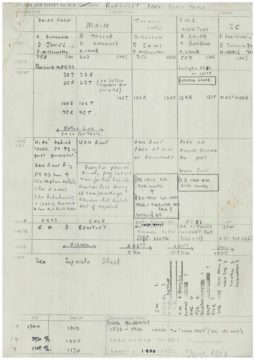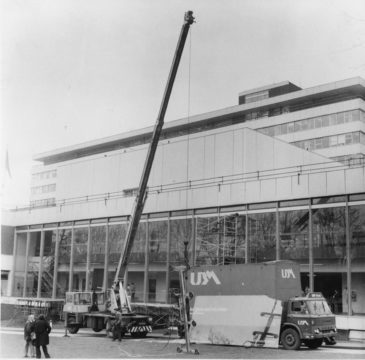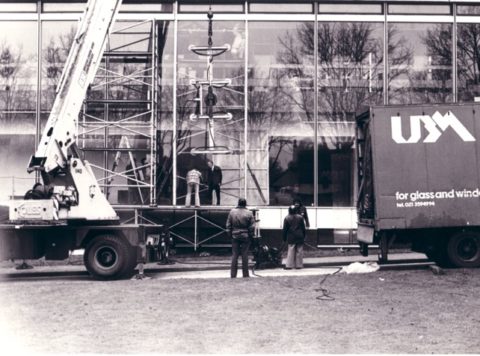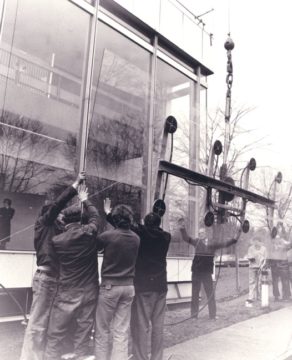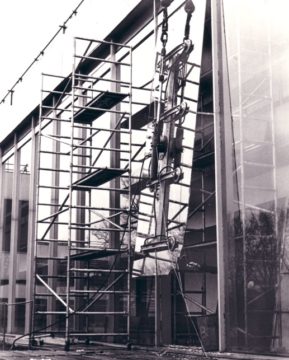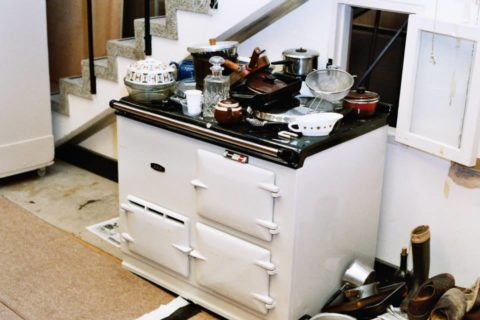This photo shows a couple of heavily rigged Eagle Towers at the Silverstone Grand Prix. The towers were self-erecting and had to carry the transmitter so that the signal from the outside broadcast truck could be relayed to a radio links vehicle at a mid-point, which had to be in line of sight with the tower.
I understand that the Eagle Towers were manufactured in Warwick, at Eagle Engineering.
Thanks to Steve Dellow for sharing the photograph.
The following comments were left on the Pebble Mill Facebook page:
Malcolm Hickman: ‘I believe you are correct, Eagle was at Warwick. They were fitted on Bedford chassis. They were transported laying down onto the top of the cab and pumped upright by using levers at the back to control the hydraulics. After rigging at 30′ the centre could be extended to 60′.’
Kate White: ‘We only had one Eagle Tower in Birmingham, the other would have come from London. The 4ft dish was probably pointing at a midpoint at Dunstable Downs and on to Crystal Palace. The 2ft dishes pointing at a midpoint at Charwelton near Daventry, that would then have gone into the receivers at Sutton Coalfield. This is based on my memories from the 90s.’
Chris Harris: ‘Wouldn’t the 2ft dishes be pointing to Stowe Corner and CM1?’
Malcolm Hickman: ‘Quite right Chris. We used to have vans at Stowe, occasionally Maggots and Becketts. I was with Rod Batch at Maggots when a car spun off. The cameraman on his scaffolding was tracking the car and saw the line up card go through the shot. The car just bumped the scaffold and all we saw was a bit of camera shake.’
Mike Jordan: ‘In later years, we rigged all the links on a platform above the grandstand.’


